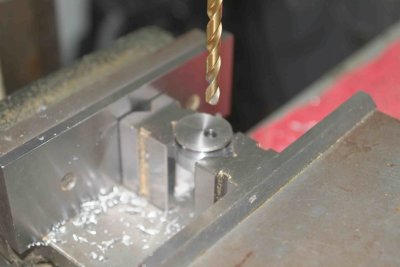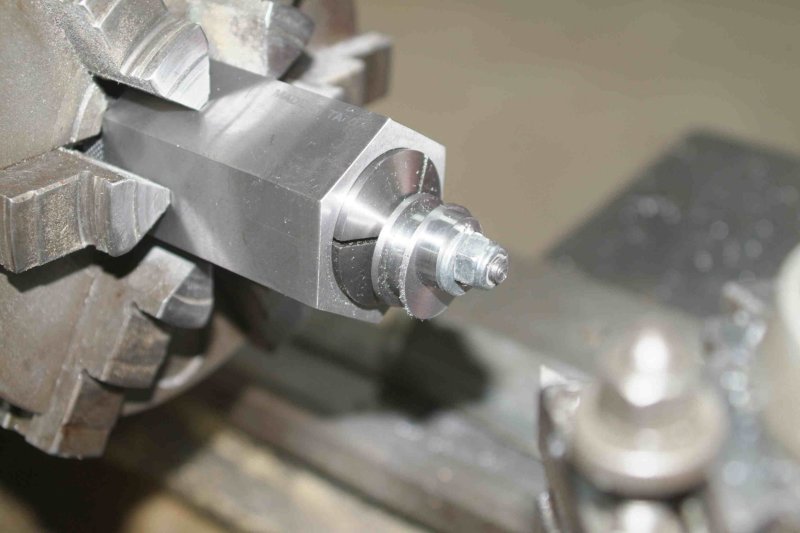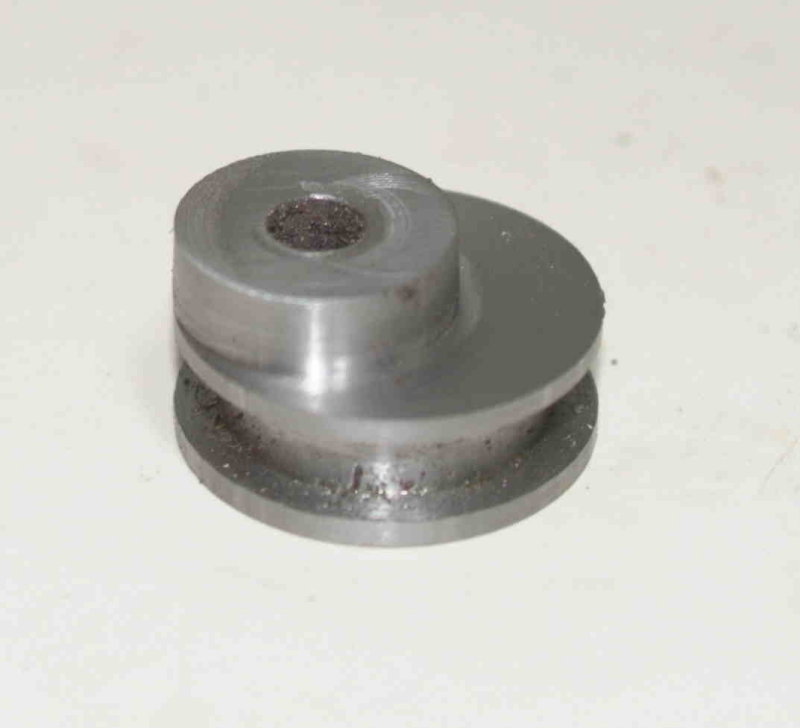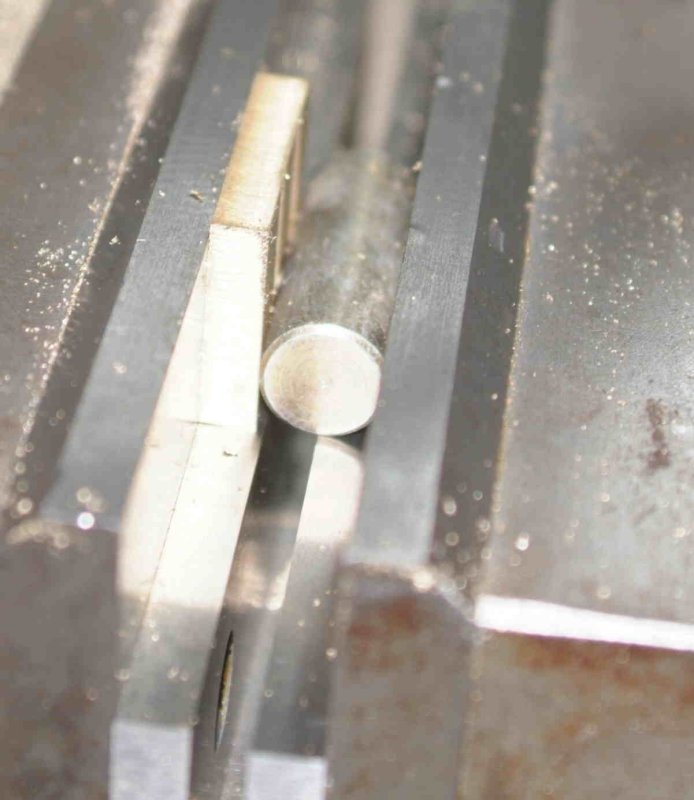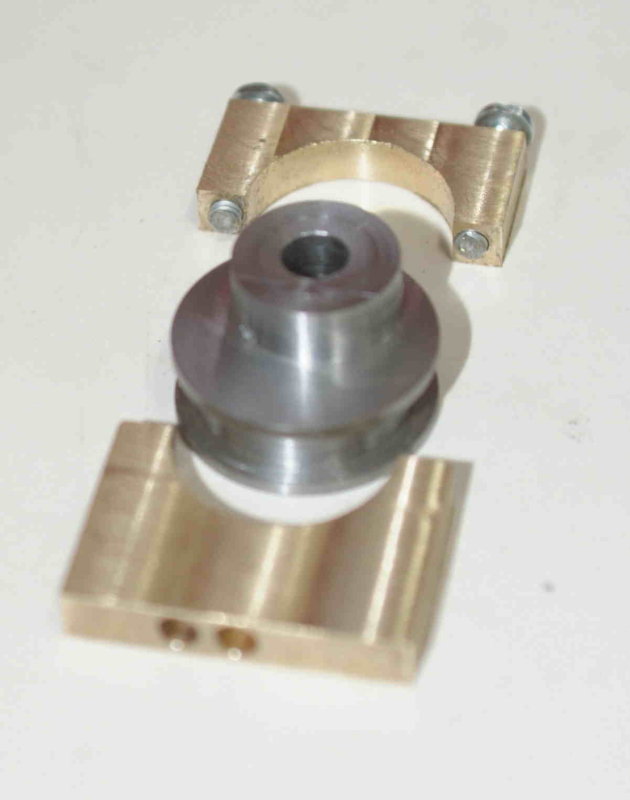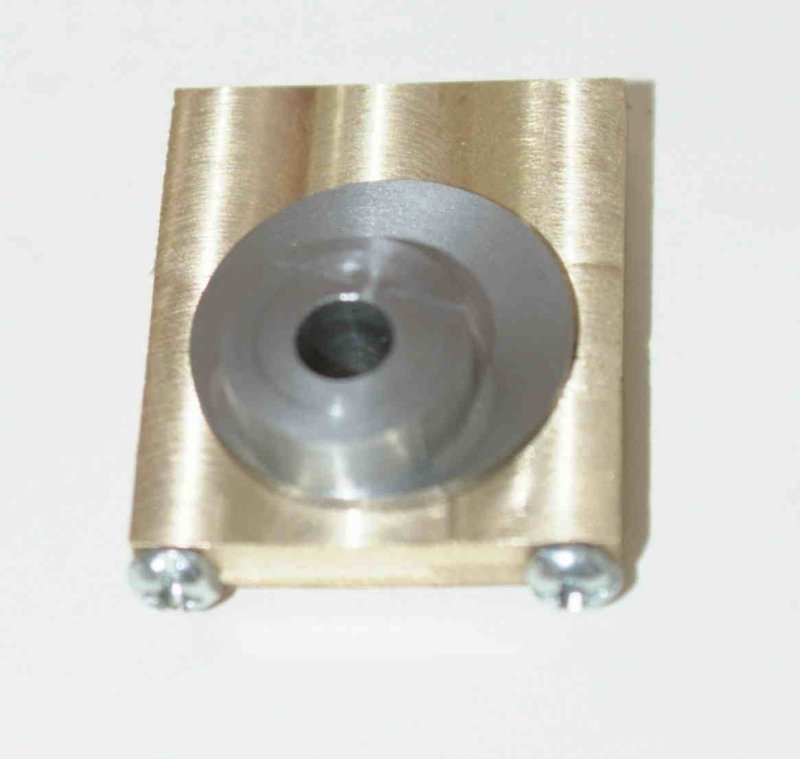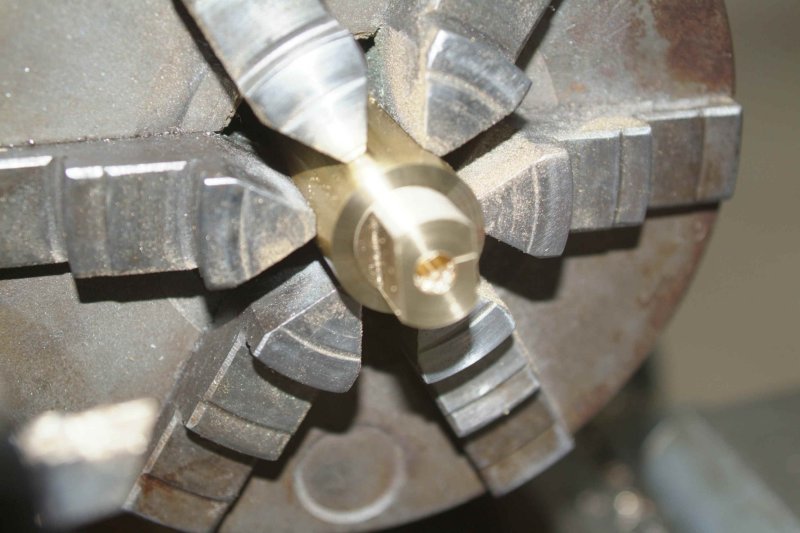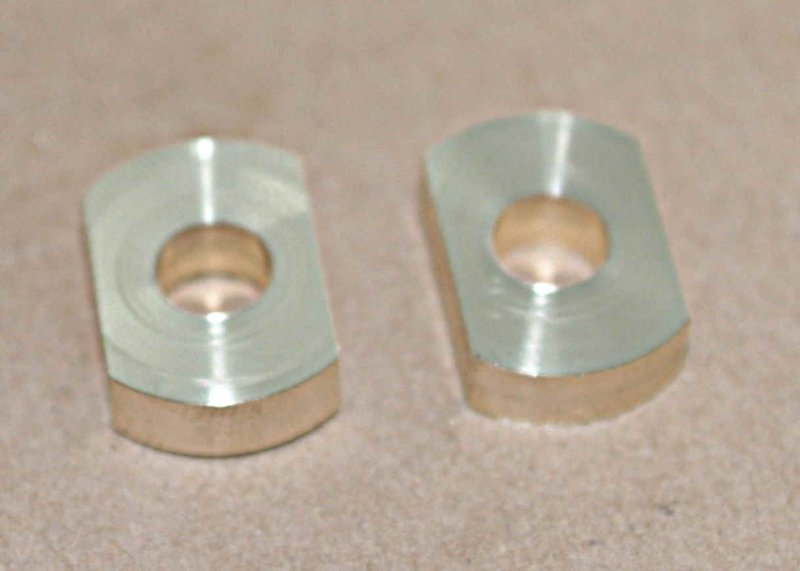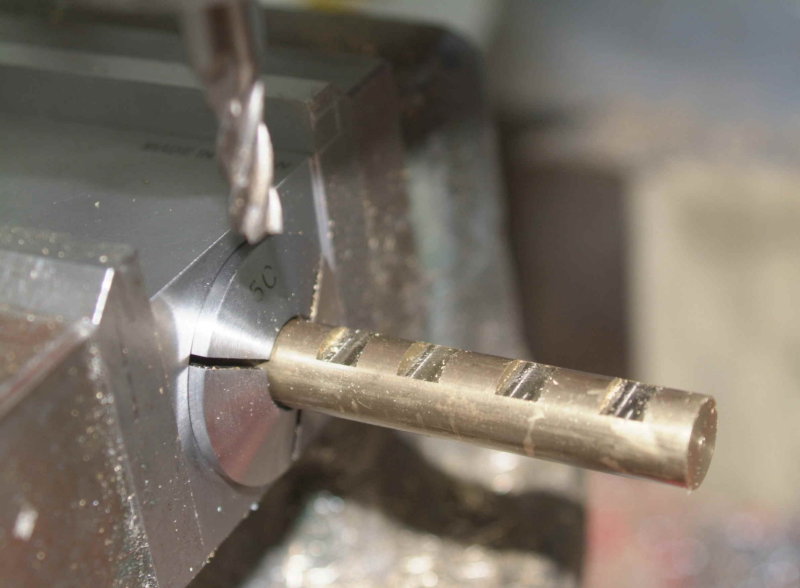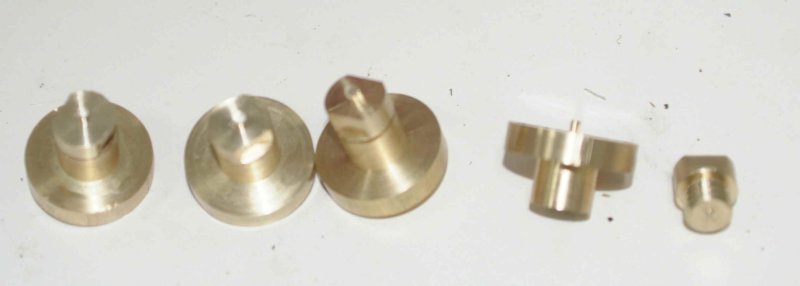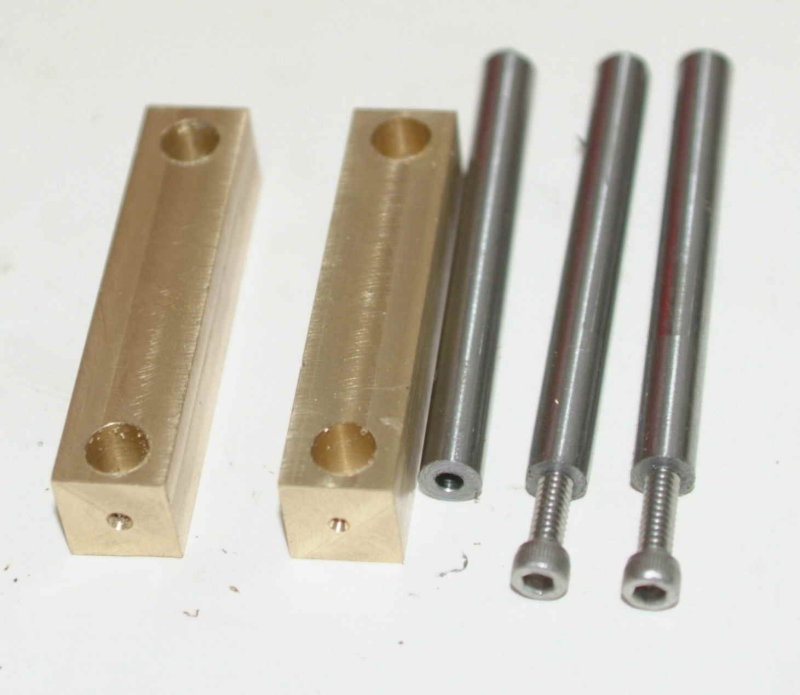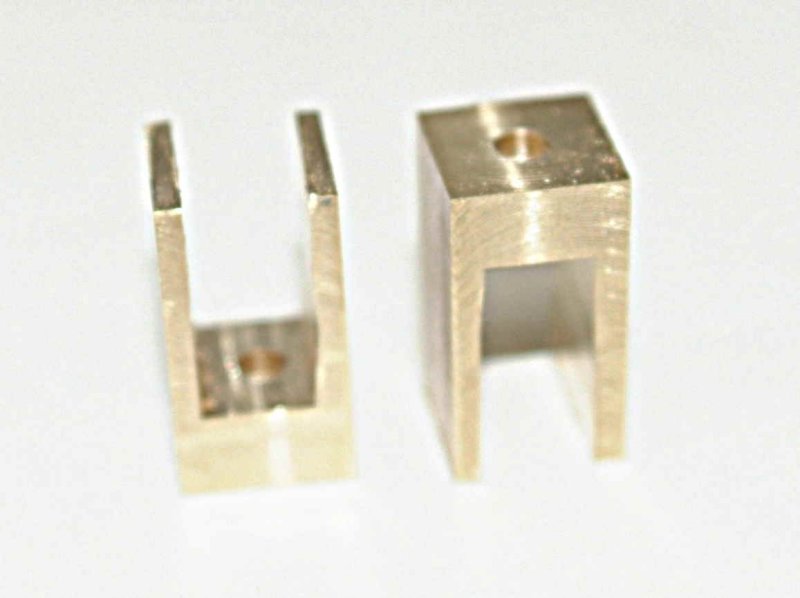- Joined
- Jun 4, 2008
- Messages
- 3,285
- Reaction score
- 630
I have abandoned the CO2 engine, as I have come to believe that the laws of physics will prevent me from getting it running. Some things don't scale up well.
I think I will have a go at the Paddleduck plan Bogs posted on HMEM. I'l let this thread be a placeholder until I actually make some parts.
My current idea is to scale it up by 1.5 times and use Imperial threads and fasteners (I have a lot of 5-40 and 6-32 screws and nuts). I will also use non-metric drill rod in places where that's called for. Otherwise I will just multiply the dimensions by 1.5 and convert to inches. I have a DRO on both the mill and the lathe, so odd numbered lengths shouldn't be a problem.
I will also go somewhat for the "bling" look. I probably won't try the separated cylinders as I don't yet have a good rotary table, and as I will be running it on air and not steam I think I can skip the displacement oiler. I'm pretty sure I have enough scraps lying around for most of the pieces (I plan to do the block in steel rather than cast).
I've skimmed through the "book" once, but now I'm going to read it more carefully before starting out. The printer is going as I type.
And of course I also have shred's build thread to reference. :bow:
I think I will have a go at the Paddleduck plan Bogs posted on HMEM. I'l let this thread be a placeholder until I actually make some parts.
My current idea is to scale it up by 1.5 times and use Imperial threads and fasteners (I have a lot of 5-40 and 6-32 screws and nuts). I will also use non-metric drill rod in places where that's called for. Otherwise I will just multiply the dimensions by 1.5 and convert to inches. I have a DRO on both the mill and the lathe, so odd numbered lengths shouldn't be a problem.
I will also go somewhat for the "bling" look. I probably won't try the separated cylinders as I don't yet have a good rotary table, and as I will be running it on air and not steam I think I can skip the displacement oiler. I'm pretty sure I have enough scraps lying around for most of the pieces (I plan to do the block in steel rather than cast).
I've skimmed through the "book" once, but now I'm going to read it more carefully before starting out. The printer is going as I type.
And of course I also have shred's build thread to reference. :bow:





